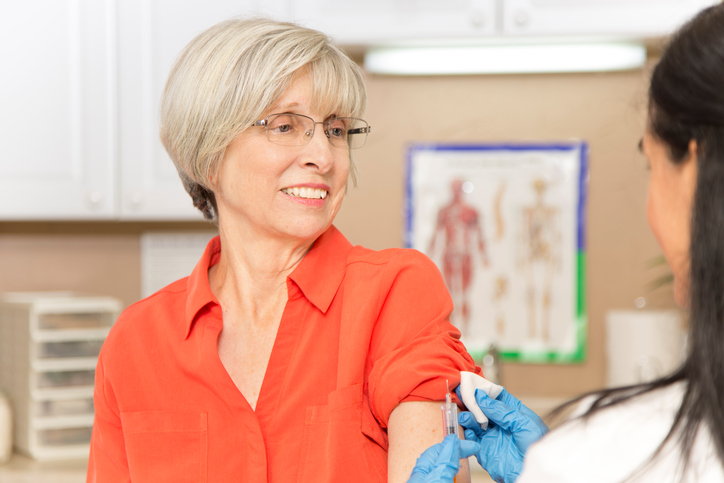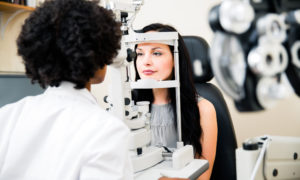Sept. 12, 2018

Nearly one out of every three people in the U.S. will develop shingles (herpes zoster), with the greatest number of cases occurring in people in their fifties. Some will suffer a painful and disfiguring complication called herpes zoster ophthalmicus that can cause blindness, according to the American Academy of Ophthalmology.
Even though an effective Shingles vaccine is available, many continue to go un-vaccinated. The American Academy of Ophthalmology now recommends that people age 50 and older get the shingles vaccine – 10 years younger than a previous recommendation.
Early symptoms are pain, itching and tingling of the skin. Redness and numbness lead to a rash. Blisters break open and form scabs. Though the blisters and scabs can last a few weeks, the pain can last much longer, especially in older patients age 65 years and older. While the pain usually resolves in a few weeks or months, it can be severe and debilitating. For some patients, the pain lasts many years, interfering with daily life.
If the virus infects the nerves of the eye, it can lead to:
Rash on your eyelids;
Eye infections;
Pink eye;
Infection and inflammation of the cornea (front of the eye);
Dry eye;
Blurry vision and sensitivity to bright light;
Pain and swelling inside the eye;
Swelling of the optic nerve behind your eye; and
Breakdown of the cornea so severe it requires a corneal transplant.
“Just do it. That’s what I tell my patients,” says Dianna L. Seldomridge, M.D., clinical spokesperson for the American Academy of Ophthalmology. “The vaccine is safe and effective. The health consequences of going un-vaccinated are significant, as are the economic costs. The medical costs from treating shingles and its complications are estimated to be $1 billion.”
The herpes zoster virus is the same virus that causes chicken pox. More than 95 percent of people born in the U.S. who are older than 40 have had chicken pox. The virus lingers in the body and can be reactivated as shingles many years later. This can be due to your body’s natural aging process. Or it can be due to anything that weakens your immune system.
It is unclear why the risk has increased by almost 70 percent in the past 15 years. But it is clear that shingles is no longer just an older person’s disease. Research shows that the risk goes up after age 40 and rises sharply at age 50.
Unfortunately, only 33.4 percent of eligible people age 60 and older are vaccinated, and approximately 5 percent of people age 50 to 59, according to the Centers for Disease Control (CDC).
The CDC recommends that healthy adults 50 years and older get two doses of the shingles vaccine called Shingrix, between two to six months apart. A doctor or pharmacist can give Shingrix as a shot in the upper arm. The CDC also recommends Shingrix even if you’ve had shingles in the past, are unsure if you have had chickenpox, or if you received an older shingles vaccine called Zostavax. There is no maximum age for getting Shingrix.
Find more information about Shingrix on the Academy’s EyeSmart web site.
These articles may also interest you:
Opternative Launches Mobile-Only Device Prescription Technology
Top Things You Can Do to Meet Patients’ Expectations
4 Ways Telemedicine is Changing Healthcare

























